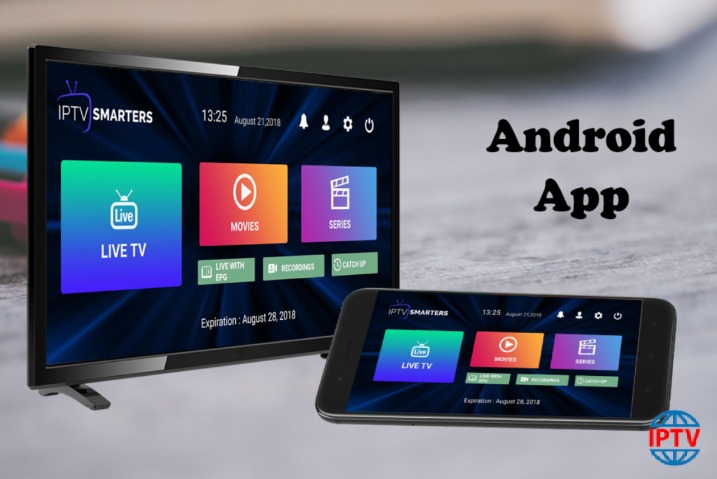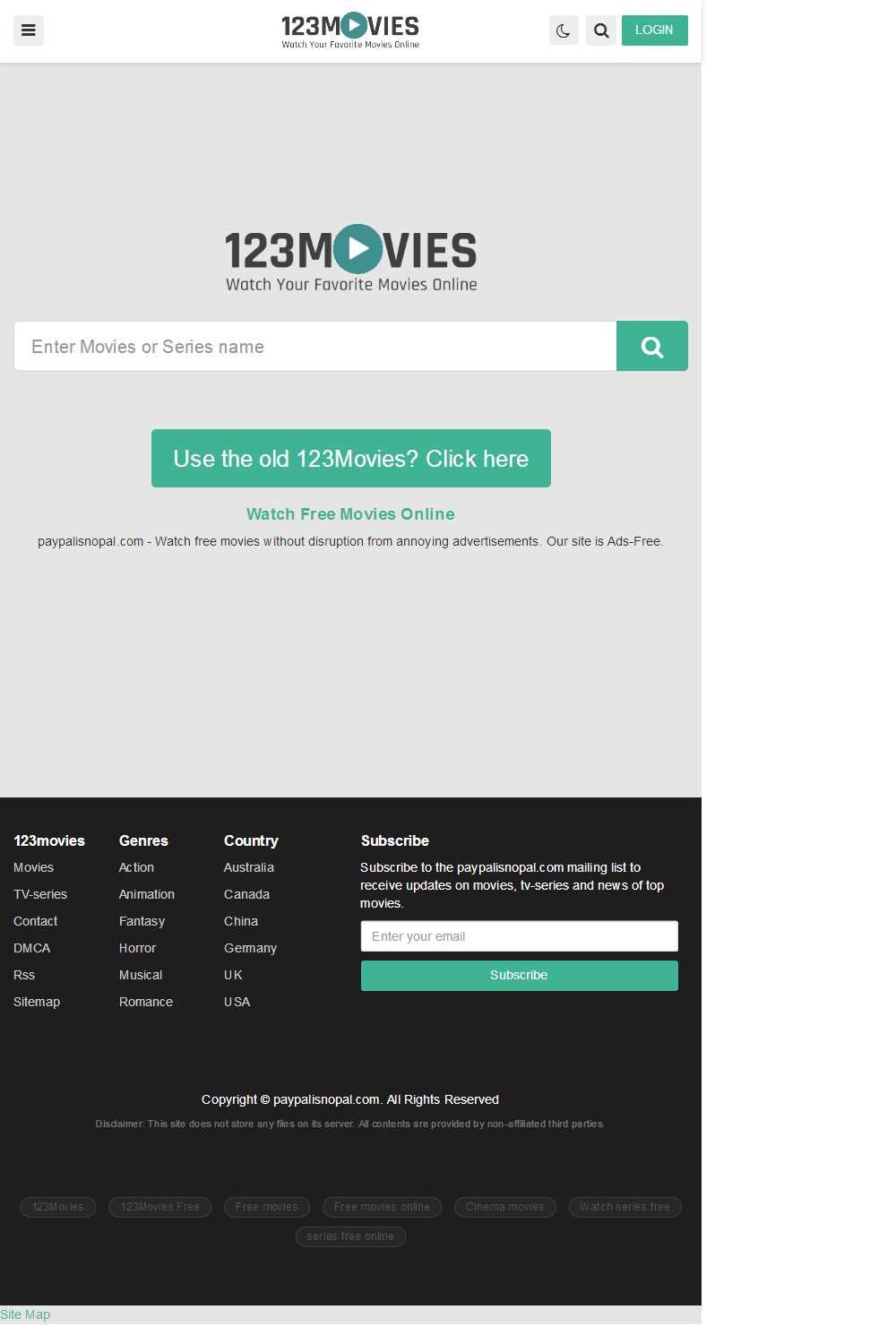Cutting the Cord in Canada: How IPTV Streaming and Digital TV Are Changing the Game
Across Canada, households are rethinking how they watch television. With broadband speeds improving and connected devices now the norm, IPTV (Internet Protocol Television) and digital streaming have become compelling alternatives to traditional cable and satellite. Whether you want more flexibility, a better channel mix, or lower monthly costs, the shift to internet-delivered TV offers a modern, customizable viewing experience.
What Is IPTV and Why It Fits Canadian Viewers
IPTV delivers TV channels and on-demand content over internet protocols rather than coaxial or satellite signals. That means your shows, movies, and live sports travel the same network as your browsing and apps. The result is more interactive features, granular control over packages, and access across multiple devices—smart TVs, streaming sticks, smartphones, and tablets.
For Canadians—especially in urban and suburban areas with strong broadband—IPTV helps solve common pain points: rigid channel bundles, rising fees, and limited mobility. With IPTV, you can often pick add-ons that match your interests, pause and rewind live TV, and watch on the go.
Benefits of Switching to Digital TV and IPTV
The appeal isn’t just about cost; it’s about experience and control. Key advantages include:
- Flexible packages: Many services let you tailor lineups or add premium channels seasonally.
- Better portability: Watch on multiple devices at home or while traveling within Canada.
- Feature-rich playback: Cloud DVR, catch-up TV, and time-shifting make it easier to never miss a moment.
- Higher quality streams: With a solid connection, 1080p and even 4K streams are attainable for supported content.
- Transparent value: Pricing is easier to compare, and you can optimize your setup by mixing services.
As you evaluate options, match your household’s viewing habits to the channel mix and feature set on offer. Sports fans might prioritize regional networks and 60+ fps streams, while movie lovers may want strong VOD libraries and premium add-ons.
How to Choose a Provider and Plan
Start with the fundamentals: content, quality, and compatibility. Before you purchase an iptv subscription, confirm the channels you need are included or available as add-ons, verify your devices are supported (smart TVs, set-top boxes, iOS/Android, browsers), and check for features like DVR, multiple profiles, and simultaneous streams. Reading service-level details—like whether 4K is supported on specific channels—can prevent surprises later.
Understanding Rights, Legality, and Quality Assurance
Choose licensed, reputable services. Legitimate IPTV providers acquire distribution rights and comply with Canadian regulations. This protects you from unreliable streams, sudden service shutdowns, or security risks. Look for transparent ownership, clear customer support channels, and published terms of service. If a deal seems too good to be true or promises extensive premium content for very little, approach with caution and verify its legitimacy.
Cost, Value, and the Features That Matter
To assess overall value, think beyond sticker price:
- All-in cost: Base price plus add-ons, taxes, and any equipment or app fees.
- Video quality: Resolution (HD vs. 4K), frame rate for sports, and reliability during peak hours.
- Device ecosystem: Native apps for your smart TV, performance on streaming sticks, or availability of a dedicated set-top box.
- Account flexibility: Number of streams, user profiles, parental controls, and content filters.
- Trial and cancellation terms: Free trials or month-to-month options help you test before committing.
Also consider your internet plan. For a household with two concurrent HD streams and general browsing, a 50–100 Mbps plan often suffices. Add 4K, gaming, or multiple simultaneous streams, and you may want 150 Mbps or higher. Unlimited data plans can be valuable if you stream heavily.
Setup Tips for a Smooth IPTV Experience
Small tweaks can deliver big reliability gains:
- Prioritize your TV device on the network: Enable QoS (Quality of Service) in your router to favor streaming traffic.
- Use Ethernet where possible: A wired connection reduces buffering compared to Wi‑Fi.
- Optimize Wi‑Fi: If you must use wireless, prefer the 5 GHz band, place the router centrally, and limit interference.
- Update firmware and apps: Router and app updates often fix bugs and improve performance.
- Test during peak hours: Run speed tests in the evening to gauge real-world performance.
What Canadian Viewers Can Expect Next
The future of TV in Canada is undoubtedly more digital and app-centric. Expect tighter integration across services, smarter recommendations, and continued improvements in latency and stream stability. As competition grows, consumers benefit from better bundles, clearer pricing, and richer on-demand catalogs—all delivered over the household internet connection.
Quick FAQ
Q: Will IPTV replace my cable box completely?
A: Often yes. Many services provide live channels, VOD, and DVR replacements. Check that your must-watch channels are included and that your devices are supported.
Q: Do I need special hardware?
A: Not necessarily. A smart TV or a common streaming device (e.g., a set-top box or HDMI stick) is usually enough. A stable router and decent internet speed are more important than specialized equipment.
Q: How can I avoid buffering?
A: Use wired Ethernet when possible, upgrade to sufficient bandwidth, enable QoS, and keep your apps and firmware updated. Also, verify your provider’s servers are robust during peak usage.
Q: Is IPTV legal in Canada?
A: Yes—when offered by providers with proper licensing and distribution rights. Always choose reputable, compliant services to ensure reliability and lawful access.
Final Thoughts
For Canadians looking to modernize their living rooms, IPTV and digital TV deliver flexibility, richer features, and strong value—without sacrificing live content or quality. By focusing on licensed providers, matching plans to your viewing habits, and optimizing your home network, you can enjoy a seamless, future-forward TV experience that feels tailored to you.




Leave a Reply